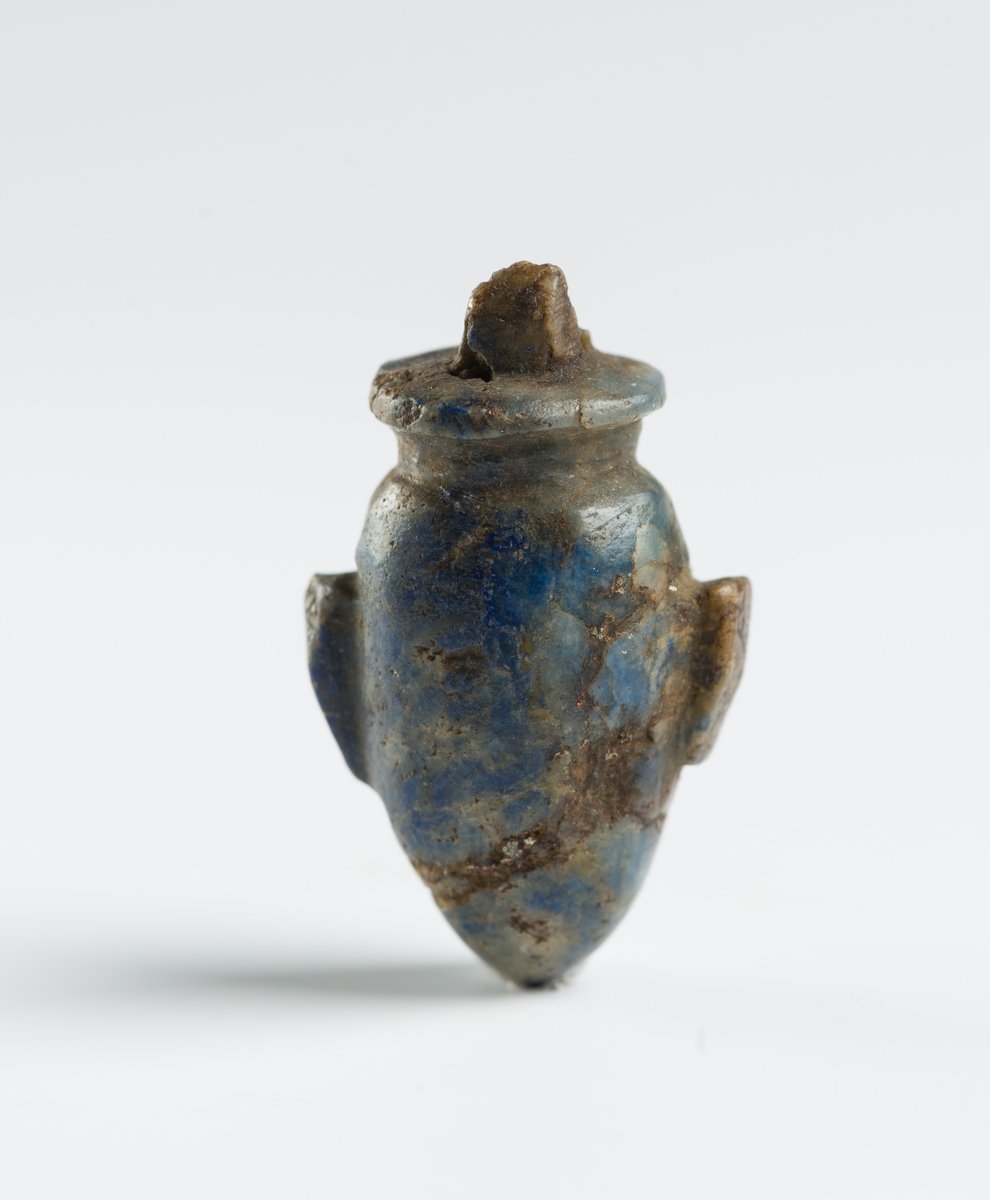
Heart Amulet
Egyptian Art
| Date | 7th-4th centuries BC (ca. 664-332 BC) |
|---|---|
| Object type | intaglio and similar objects, scarab, scaraboid, seal |
| Medium, technique | stone |
| Dimensions | 1.2 × 2.5 × 2.1 cm |
| Inventory number | 51.968 |
| Collection | Egyptian Art |
| On view | This artwork is not on display |
This funerary amulet carved from stone depicts the dung beetle (Scarabaeus sacer) naturalistically with its legs in high relief tucked underneath the belly. Unlike scarabs which have a flat underside with protective symbols or a short inscription, and which could also function as seals and be used in everyday life, this type of amulet was only present in a funerary context to help the deceased in their journey through the afterlife. Similar amulets began to appear in the 26th dynasty (ca. 664–525 BC) and were found in groups on the chests of Late Period (ca. 722– 332 BC) mummies. From the earliest times the natural behaviour of the adult dung beetle that was observed rolling a ball of dung across the sand apparently prompted in the minds of the Egyptians a comparison with the rising sun god reborn at each dawn. The noun ‘scarab’ literally means ‘that which comes into being’, and thereby the amulet was associated with the creation of new life and with rebirth for the deceased.
This record is subject to revision due to ongoing research.